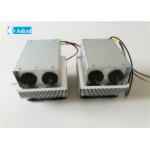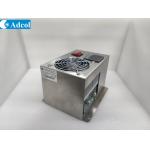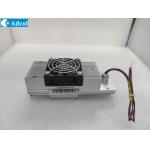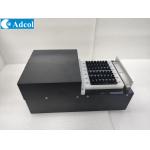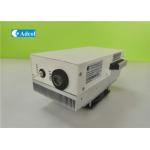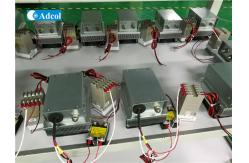ATD035 Peltier Thermoelectric Condenser Somall Volume
Estimating Heat Loads
Before the cooler or heat sink can be selected, the cooling
requirements must be defined. This includes determining the amount
of heat to be pumped. Minimizing the heat load allows the cooler to
achieve colder temperatures or reduces the power required to reach
the defined cooling level. The following describes the techniques
used to estimate active and passive heat loads and applies only to
steady state heat loads. If the heat load is of a transient nature,
or involves more complex factors such as air or fluid flow, we
suggest that you call one of our applications engineers for
assistance.
Heat load
The heat load may consist of two types; active or passive, or a
combination of the two. An active load is the heat dissipated by
the device being cooled. It generally equals the input power to the
device. Passive heat loads are parasitic in nature and may consist
of radiation, convection, or conduction.
Active Heat Load
The general equation for active heat load dissipation is: Qactive =
V2/R = VI = I2R
where: Qactive = active heat load (W) V = voltage applied to the
device being cooled (V) R = device resistance (Ω) I = current
through the device (A)
Page 4
For example, a typical lead selenide (PbSe) infrared detector is
operated at a bias voltage of 50 volts and a resistance of 0.5
megohms. The active load therefore, is 0.005 watts.
